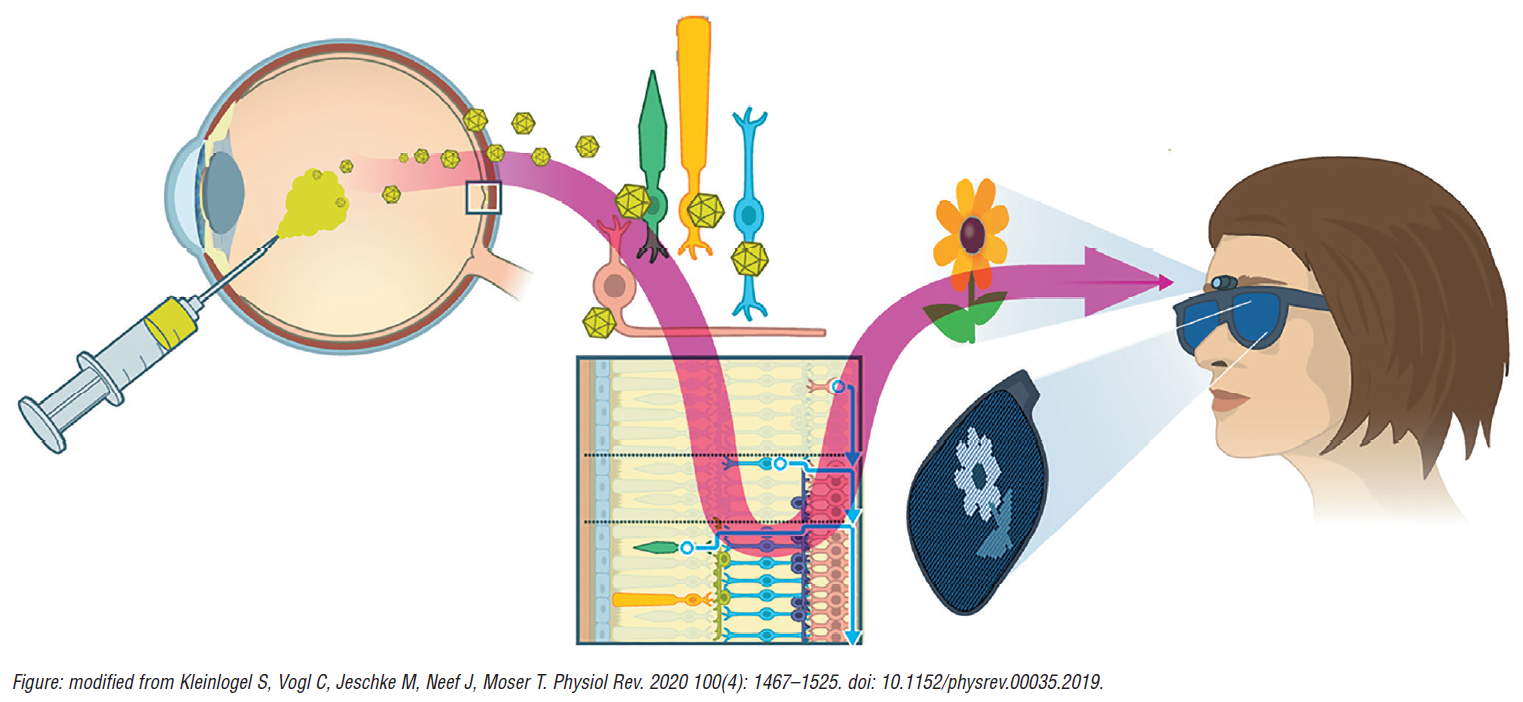Designer Optogenetics to Restore Vision
Leigh Spielberg MD reports from EURETINA 2021 Virtual Congress.

Leigh Spielberg
Published: Wednesday, December 1, 2021


Leigh Spielberg MD reports from EURETINA 2021 Virtual Congress.

Published: Wednesday, December 1, 2021

